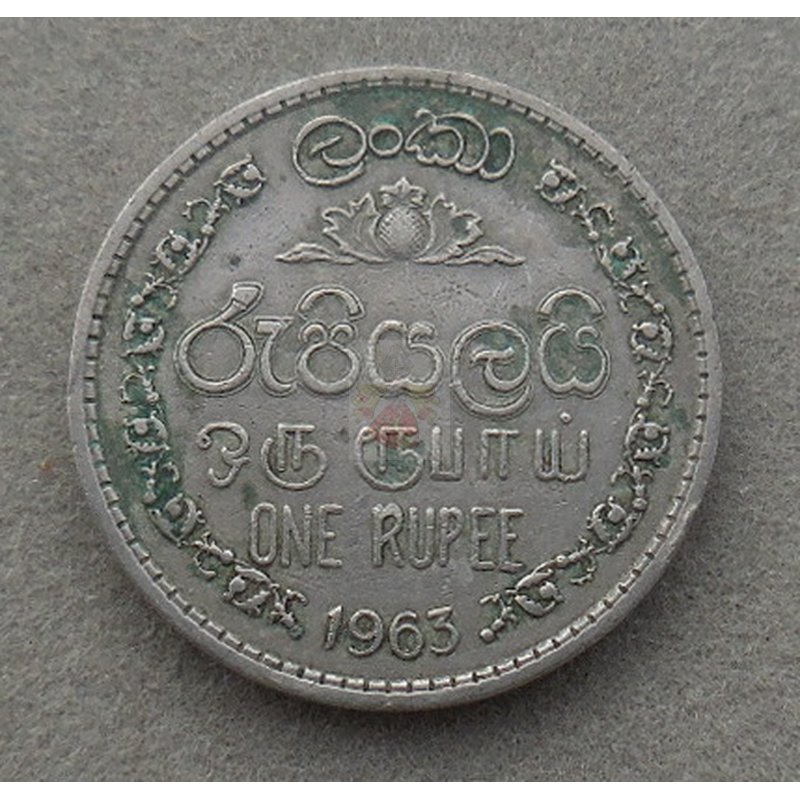


Since Sri Lanka’s foreign debt-to-GDP ratio has declined drastically compared to the figures in the early 1990s, one might ask what the current fuss is really about.
SRILANKA CURRENCY COMPARE TO INDIA FULL
During 2015-2020 ISB repayments were roughly $6.7 billion, which amounts to little over 20 percent of the current foreign debt obligations (approximately $33 billion).Įnjoying this article? Click here to subscribe for full access. This surge was a result of both Sri Lanka’s low economic growth rate and the issuance of ISBs to repay previous foreign loans obtained from 2007 to2014. Since 2014, foreign debt levels have been on the rise and reached 42.6 percent of GDP in 2019. As a result of the post-war economic boom, the foreign debt-to-GDP ratio dropped down to 30 percent in 2014, but growth was still driven by public debt, largely financed through foreign sources such as international sovereign bonds (ISBs) and loans obtained from China. Get the Newsletterįoreign debt stock accounted for more than half of Sri Lankan GDP until 1995 and gradually continued to decline, owing mainly to rapid economic growth. Get briefed on the story of the week, and developing stories to watch across the Asia-Pacific. For instance, in 1989, Sri Lanka’s foreign debt (public debt only) amounted to 62 percent of its GDP. Consequently, having a large foreign debt stock is not unheard of in Sri Lanka.

The country has been relying heavily on foreign loans for development purposes over the last four decades. Failures to provide comprehensive and consistent, long-term solutions to address such weaknesses have resulted in the country running into serious BOP crises in every few years. The root causes of the ongoing crisis are found in structural weaknesses such as the contraction of trade, low tax revenue, and the lack of foreign direct investment (FDI). Sri Lanka’s foreign debt problem, which often leads to serious balance of payment (BOP) issues, is more than its massive borrowing from various foreign sources. Sri Lankan government, as usual, dismissed the concerned and claimed that analysis by the rating agencies is premature and based on ill-informed models. All these moves indicate concerns about Sri Lanka’s ability to fulfil foreign debt repayments. Leading up to 2021, several rating agencies downgraded Sri Lanka’s sovereign credit ratings: Standard and Poor’s downgraded Sri Lanka’s sovereign credit ratings to CCC+/C from B-/B, Moody’s downgraded Sri Lanka’s “long-term foreign-currency issuer and senior unsecured ratings” to Caa1 from B2, while Fitch Ratings downgraded Sri Lanka’s Long-Term Foreign-Currency Issuer Default Rating (IDR) to CCC from B. Sri Lanka’s foreign debt troubles are not new and have often been juxtaposed with concerns over defaulting debt and Chinese debt trap controversies.


 0 kommentar(er)
0 kommentar(er)
